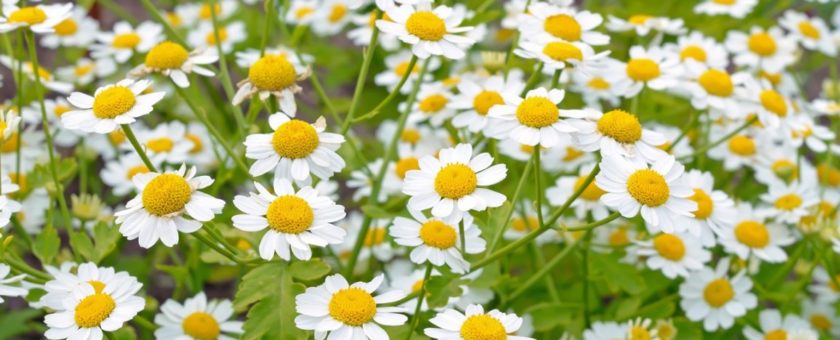In Case of Fever
We have heard the word “fever” a lot this year because of the new virus in our midst, but fever itself is not a new phenomenon. In colonial days there was no COVID-19 virus to cause fever but there were certainly plenty of fevers due to moderate illnesses such as common colds or more serious ones like influenza and yellow fever. It is no surprise, then that colonial medicos, whether educated regulars, self-taught practitioners, or even well-meaning parents and neighbors sought herbal remedies to reduce fever.
Before Dr. Thomas Graeme purchased the property in 1739 and changed its name to Graeme Park, the 1700-acre site was called Fountain Low. To the best of our knowledge there were no artesian wells or anything resembling a fountain, but there were, and still are, plenty of low, wetland areas. These are the spots where some very effective native febrifuges—plants that reduce fever—grow.
One of the best examples is the native black willow. It is quite noticeable in the swampy area to the left of the wooden bridge near the pond today and was probably even more abundant before the landscape became one of manicured lawns and plantings. Fevered colonists found relief by chewing the bark of the willow tree. It does not matter what kind of willow—whether pussy willow, black willow, weeping willow, gray willow, white willow, or whatever willow—because they all contain the same pain-and fever-reducing ingredient. This chemical, called salicylic acid because of its presence in the willow genus Salix, is similar to aspirin and has similar effects on fever and pain.
Another native wetland plant with fever-reducing properties is the cardinal lobelia. This one is gorgeous when it blooms in late summer through early fall. A few of these can be found in the wet area between the Keith House and Park Creek and they are easy to find because their bright scarlet, or cardinal, blossoms catch your eye. The fever-reducing benefits of this plant are not especially strong. The above ground parts are more effective for treating respiratory problems like asthma and bronchitis while tea made from the roots was used for stomach ailments and other digestive problems. But don’t try this at home—it has now been identified as a skin irritant and could cause an uncomfortable rash.
If, however, you do develop a skin rash, there is a plant growing nearby that will help—jewelweed, also called touch-me-not. Its orange flowers appear about the same time as those of the lobelia and both plants grow together in the same wet areas. The touch-me-not, in the genus Impatiens, gets both its common name and its Latin name from its unusual method of seed dispersal. When the seed pods are ripe they are swollen and are apparently impatient about releasing their payloads. All it takes is the increased pressure from the gentle touch of a human finger or the body of a passing animal to cause the seed pod to burst open. A startling spring-like action sends the seeds flying out several feet! The plant does not do much for fevers but it is quite effective for skin irritations. Just pinch off a piece of the jointed stem and crush it to release its juice, then rub it on affected skin surfaces. It works against poison ivy and other skin irritations, even mild fungal infections of ringworm or athlete’s foot.
There is one more plant famous for its fever-reducing capability; it is even named for that property—feverfew. This pretty little plant with white daisy-like flowers is not an American native and it does not grow in wet areas with the plants listed above, but the Europeans who settled in the New World recognized its power and brought it with them. It was an important medicinal plant in colonial herb gardens so that it would always be close at hand for preparing a tea or decoction of the leaves to relieve headaches, migraines, and, of course, fever.
Today we have more sophisticated pharmaceuticals to treat fever and pain, but these plants were what was available to our colonial predecessors. It is doubtful that anyone with a fevered child today will offer a piece of willow bark to chew. But we can still buy salicylates (aspirin) in drugstores and feverfew in health food stores. The colonials learned those first. They still can’t hurt.
(Editor’s Note: This article does not constitute medical advice and readers should not attempt to self-medicate with herbal remedies. Please consult your physician.)

